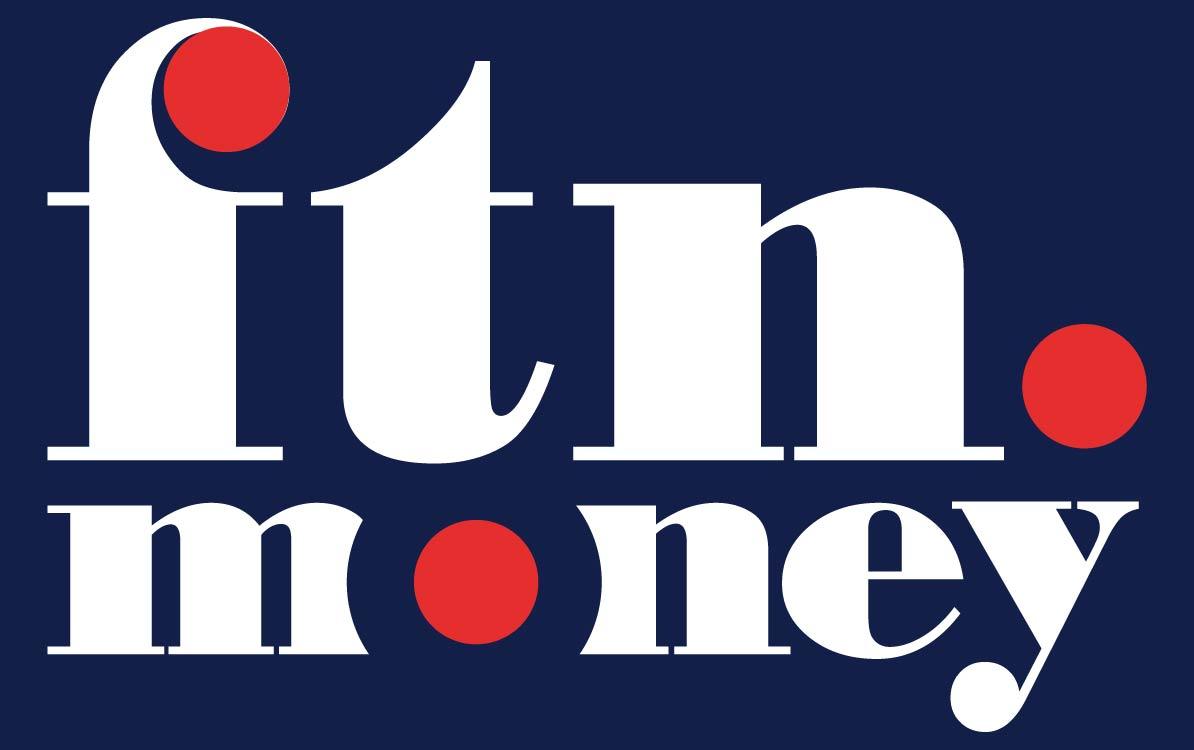Setting the Stage
The global financial system is undergoing a fundamental shift. Traditional fiat currencies such as the British pound (GBP), US dollar (USD), and euro (EUR) continue to dominate daily transactions, but digital alternatives are rapidly gaining momentum. Cryptocurrencies like Bitcoin and Ethereum, alongside fiat-pegged stablecoins such as USDC and USDT, are no longer niche instruments for the tech-savvy. They are increasingly part of mainstream financial interactions.
Consider this: a freelancer in Nigeria is paid in USDC, which they convert to their local currency using a crypto wallet app within minutes. Meanwhile, a UK-based business utilises Ethereum to facilitate fast and cost-effective cross-border payments. This hybrid financial system is not theoretical—it’s already reshaping how people and businesses move and manage money.

What Are Crypto, Stablecoins, and Fiat Money?
Understanding Fiat – What Most People Use Today
Fiat money is issued and regulated by governments and central banks, such as the Bank of England or the US Federal Reserve. While it remains the most widely accepted form of money, it has its drawbacks:
- Cross-border transactions are slow (1 to 3 days via the SWIFT network).
- Remittance fees average around 6.2%, according to the World Bank.
- Inflation risk is real. For instance, the Turkish lira lost over 50% of its value in 2022.
What Makes Stablecoins Different?
Stablecoins are digital currencies pegged to fiat money, typically on a 1:1 basis (e.g., 1 USDC = 1 USD). They offer several advantages:
- Stability: Unlike volatile cryptocurrencies, their value remains consistent.
- Speed and Cost: Transfers are near-instant and cost significantly less than traditional remittances.
- DeFi Integration: They can be used within decentralised finance protocols to earn yield or access lending services.
“Stablecoins combine the benefits of crypto with the stability of fiat.” — Bank for International Settlements (BIS)
Crypto – Speculative or Revolutionary?
Cryptocurrencies like Bitcoin and Ethereum go beyond digital cash. Bitcoin is often seen as a store of value, while Ethereum enables programmable money via smart contracts.
- DeFi: Over $80 billion is locked in decentralised protocols.
- Inflation Hedge: Citizens in high-inflation countries use Bitcoin as a store of value.
- Programmability: Ethereum enables automated payments and contract execution.

Why Consumers Are Turning to a Hybrid System?
Global adoption is on the rise:
- Crypto transaction volume in 2023 exceeded $7 trillion (Chainalysis).
- The total market cap for stablecoins is over $130 billion (CoinGecko).
- 34% of Nigerians reported owning cryptocurrency (Statista).
Real-World Use Cases:
- Remittances: Migrants save over 80% in fees using USDC compared to traditional services.
- E-Commerce: Platforms like Shopify accept both crypto and stablecoins.
- Multi-Currency Wallets: Apps like MetaMask and Revolut allow users to manage fiat, crypto, and stablecoins in one interface.
The Benefits of Coexistence
Speed and Cost – Why Crypto Matters
- Bitcoin transactions settle in ~10 minutes.
- Crypto transfer fees range from 1-5 units compared to 20-50 for SWIFT transfers.
Stability and Trust – The Role of Fiat and Stablecoins
- Fiat currencies are trusted for everyday use and government-backed.
- Stablecoins act as a bridge, offering fiat stability within the crypto ecosystem.
Interoperability – One Wallet, Many Uses
Modern fintech platforms now offer comprehensive wallets:
- Hold and exchange GBP, EUR
- Transact in USDC and USDT
- Store and trade BTC and ETH
Challenges and Risks – A Reality Check
Regulation and Compliance
- The EU has introduced MiCA laws to regulate stablecoins and crypto services.
- The US SEC continues to scrutinise unregistered digital asset offerings.
Consumer Protection
- $3.8 billion was lost to crypto scams in 2022 (Immunefi).
- Stablecoins can lose their peg, as USDT briefly did in 2022.
Volatility, Scams, and Trust Issues
- Bitcoin lost 65% of its value in 2022.
- The collapse of FTX damaged trust in centralised crypto platforms.
What Needs to Happen Next?
- Regulators: Must continue to clarify laws and improve transparency (e.g., UK’s Financial Services Act 2023).
- Banks & Fintechs: Need to improve crypto and fiat integration.
- Consumers: Should be educated about digital asset risks and how to use secure wallets.
Conclusion – The Future of Money Is Mixed
The boundaries between fiat, stablecoins, and crypto are increasingly fluid. This evolving landscape enables faster, cheaper, and more accessible financial services. While regulation and consumer education are essential, the benefits of a mixed financial future are already being realised. Balancing innovation and safety will be the key to ensuring that digital and traditional finance thrive together.
Sources
World Bank Remittance Costs (2023)
Chainalysis Crypto Adoption Report
Bank for International Settlements on Stablecoins
CoinGecko Stablecoin Market Cap
EU MiCA Regulation Overview



